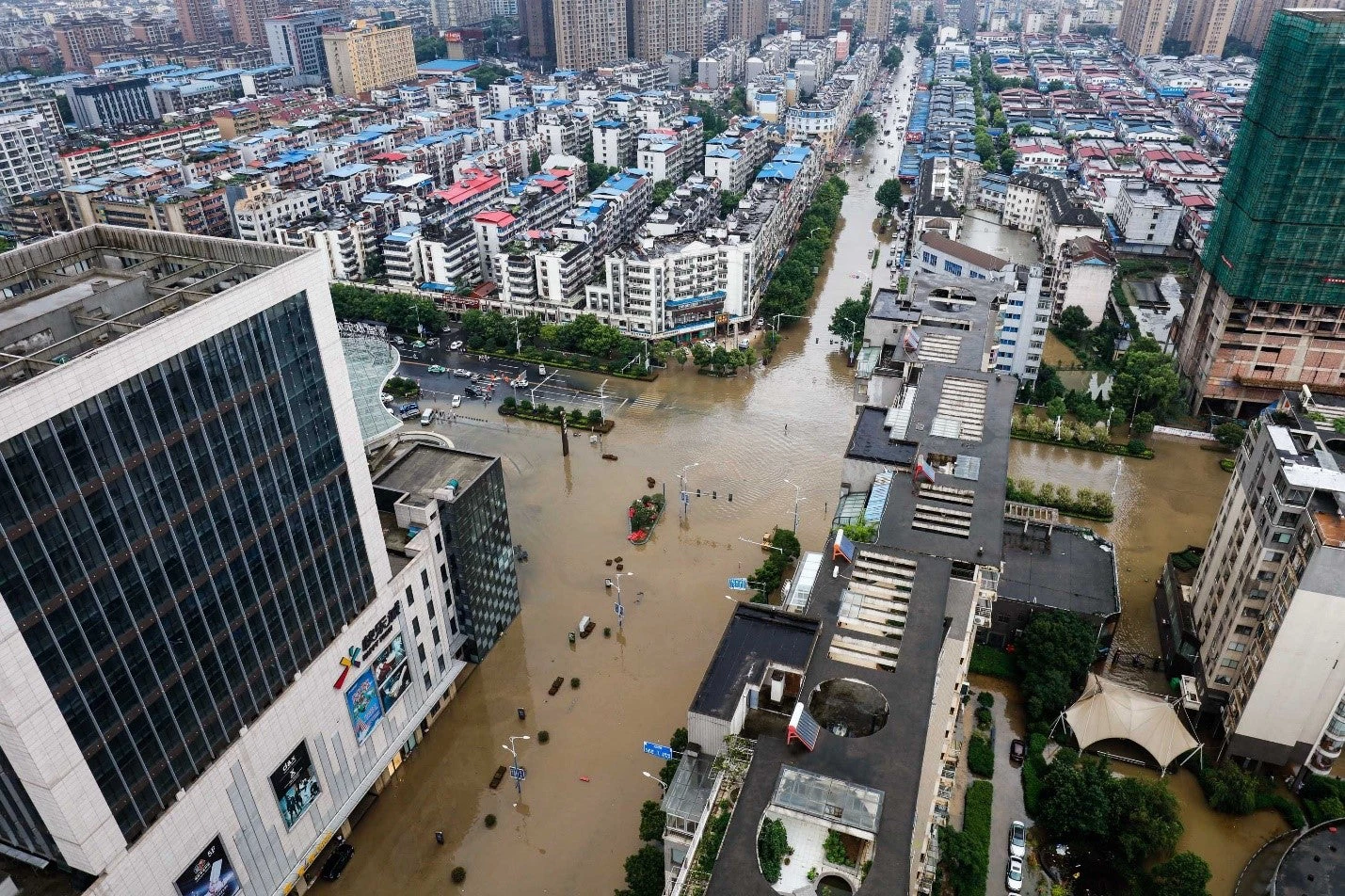
Photo credit: humphery / Shutterstock.com
Much of this has to do with the lack of adequate infrastructure that can defend against the impacts of floods, sea level rise, landslides or earthquakes. Most cities need better flood defenses, better constructed houses, and better land use planning . But even when cities know what it takes to become more resilient, most often they do not have access to the necessary funding to realize this vision.
It is estimated that worldwide, investments of more than $4 trillion per year in urban infrastructure will be needed merely to keep pace with expected economic growth, and an additional $1 trillion will be needed to make this urban infrastructure climate resilient. It is clear that the public sector alone, including development finance institutions like the World Bank, will not be able to generate these amounts—not by a long stretch.
Unless we find effective ways to include the private sector in this calculation, the dream of a resilient future for our cities will remain elusive.
The City Resilience Program (CRP), newly launched by the World Bank and the Global Facility for Disaster Reduction and Recovery (GFDRR), focuses precisely on the question of how best to mobilize private capital to strengthen city resilience. At the beginning of November, CRP brought together high-level delegations from 26 cities with financial advisors and private sector experts for the first CRP-organized Comprehensive Financial Solutions for City Resilience conference. The aim of this conference series was to connect cities with potential financing partners, to develop and refine existing investment opportunities, and to explore different deal structures that could make private sector participation more attractive.
Private investors are ready to bet on a more resilient future, as long as the risk and return profile of the investment opportunity is appropriate. At the same time, cities themselves sit on a wealth of assets that can be leveraged to make investments profitable and attractive to investors. CRP seeks to:
- create the right ecosystem to bring investors and city leaders together, and
- to build the capacity of cities themselves to prepare and structure transactions that allow the private sector to step in and benefit from increases in city resilience.
Capturing this newly created value plays a critical role in a city’s ability to finance the necessary upgrades in infrastructure. City governments can do this by calculating the land-value increases that will likely accrue to residents and private developers, and recover this value creation through targeted taxation or other mechanisms. CRP advises city governments on how best to do this. As long as cities have the capacity to reap the benefits of public infrastructure investments and land-value increases, they can effectively steer the direction of these developments to be resilient and in the public’s interest. This can create a virtuous circle that can transform a city.
Cities have become the focal point of climate action, both in terms of reducing emissions and adapting to climate impacts. The decisions cities make to be more sustainable, to reduce greenhouse gas emissions and to foster local climate resilience will have critical impacts on the future of our planet . However, substantial investments will be required to strengthen the sustainability and resilience of cities, and the solution is an effective coalition between the public and the private sector.
Related
- Visit the official website of the City Resilience Program
- Blog Post: Natural disasters are in 3D – and the rights that protect against them should be as well
- Video blog: Securing land rights for all is key to building disaster-resilient communities
- Blog post: Making homes safer to build resilient cities
- Subscribe to our Sustainable Communities newsletter and Flipboard magazine
- Follow @WBG_Cities on Twitter



Join the Conversation